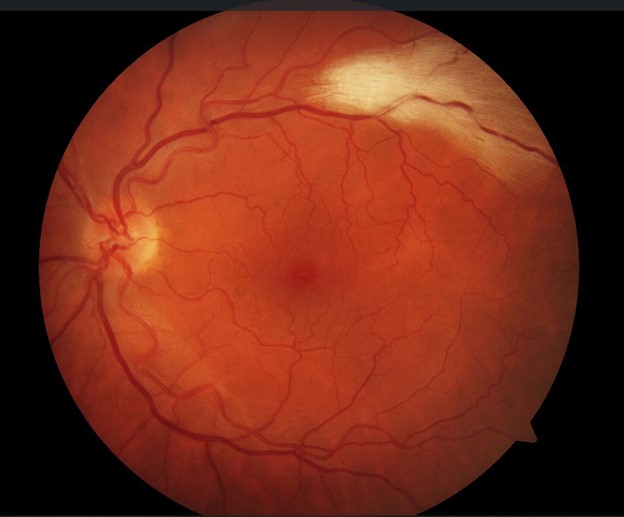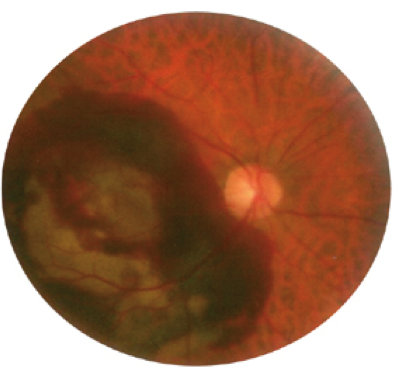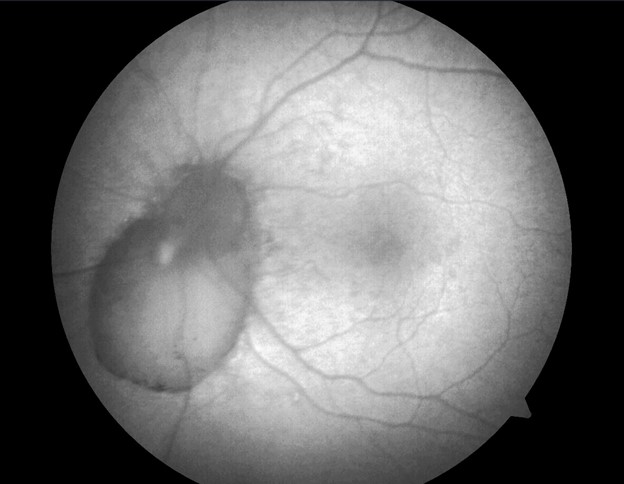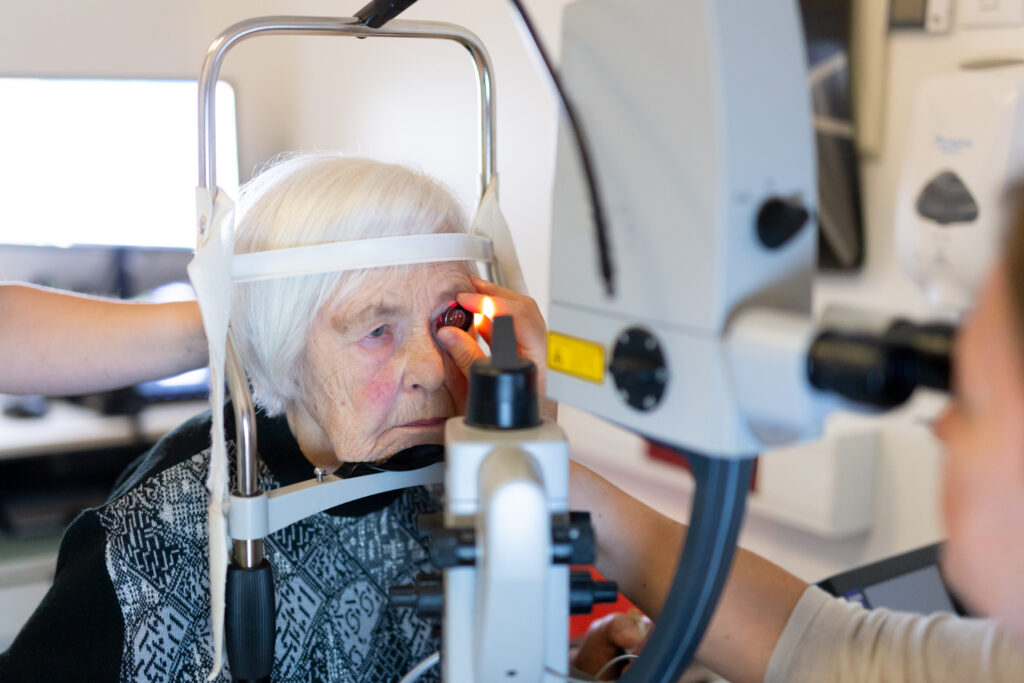Search Results for: retinal detachment
4 Most Common Retinal Hemes You’ll Find: Location and Etiology
Retinal hemorrhages are often hallmarks of many ocular and/or systemic diseases. Thus, finding them in asymptomatic patients during comprehensive eye exams may require further evaluation to determine the principle cause. It is crucial to identify and classify various types of hemorrhages because optometric management is influenced by the underlying etiology. The following are the most …
4 Most Common Retinal Hemes You’ll Find: Location and Etiology Read More »
Alaska Scope of Practice
Alaska, the Last Frontier: a Leader in Scope of Practice For curious future optometrists, Alaska offers a wide variety of patient populations including transplants, local Alaskan families, indigenous populations, as well as military service members. UMSL College of Optometry graduate Dr. Amber Mayberry took the time to hold an interview about why she chose to …
Zap! Don’t Cut
New Treatment Options for Vitreous Floaters For chronic sufferers of large floaters, new technologies offer innovative treatment options that are safer and less invasive than traditional methods. For many years, the standard of care for treatment of vitreous floaters was a pars plana vitrectomy, an invasive surgical procedure that removes part of the vitreous. Post-vitrectomy recovery …
Cataract Awareness Part 2: Treatment and Considerations
Surgical removal of the lens is currently the only method of treating a cataracts, and there are a variety of different ways it can be done. The most common modern surgery is called phacoemulsification, and it involves using ultrasonic waves to break up the lens while it’s still in the eye, then essentially using a …
Cataract Awareness Part 2: Treatment and Considerations Read More »
Cataract Awareness Part 1: Types and Tips
June is Cataract Awareness Month. On behalf of OptometryStudents.com, I’m here to provide you with a crash course on the common types of cataracts, clinical signs to expect, and different types of cataract treatment (see Part 2). Cataracts are defined by the American Optometric Association as a “cloudy or opaque area in the normally clear lens of the …
What is Myopia Control and Why is it Important?
Recently there has been a lot of buzz around the term “myopia control” in the vision sciences field. The goal of myopia control is to slow down or even prevent the progression of nearsightedness (i.e. myopia). Being a student at the University of Houston College of Optometry, I was privileged to learn a lot about …
ODs on Facebook: A Student’s Perspective
I joined the Facebook group “ODs on Facebook” soon after beginning my first year of optometry school. Social media is a great tool, so why not use it to learn more about clinical cases and see what doctors like to talk about regarding their practices? As with all social media, however, I got more than …
6 Tips To Speed Up Your Exam In Clinic And Rotations
One of the things I hear most often now in my fourth-year rotations is “How can I make my exams faster?” Although patients are usually aware of the extended exam process and time in academic and university settings, you should have an exam flow down by fourth year and shouldn’t be taking over an hour with …
6 Tips To Speed Up Your Exam In Clinic And Rotations Read More »







